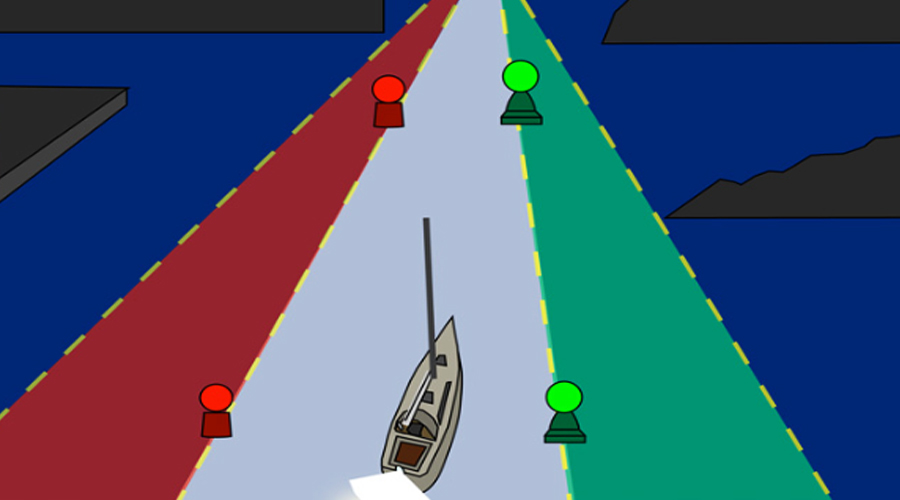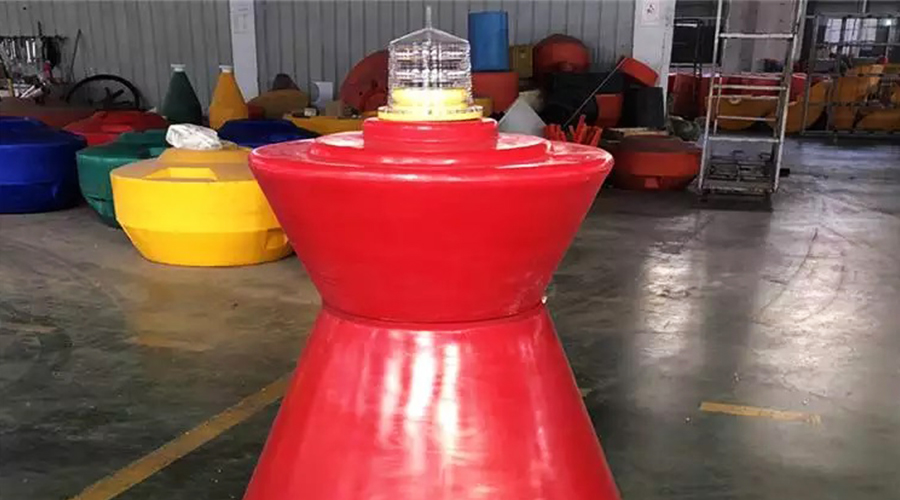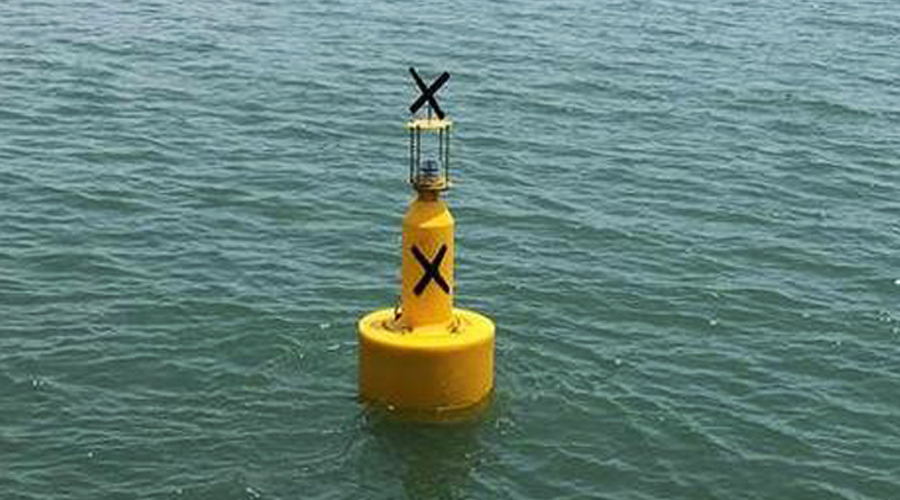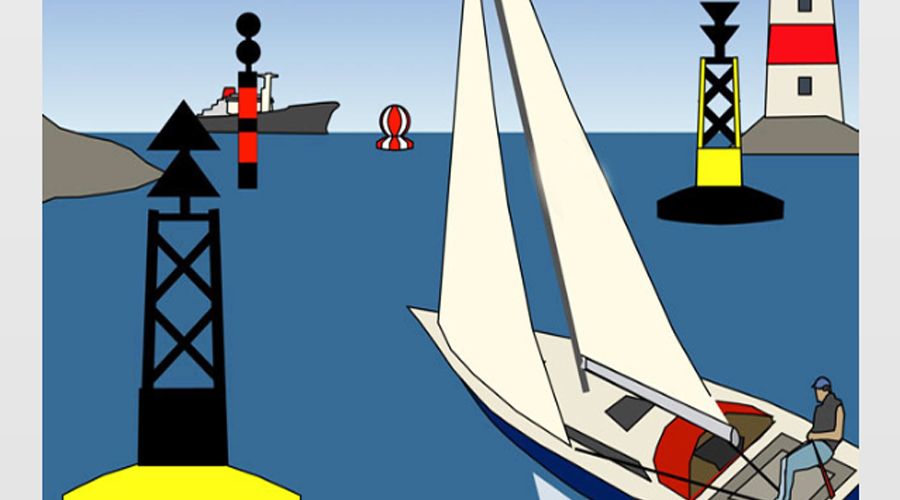Buoyage lights are an important part of navigation and are used to indicate safe waters and hazardous areas. Red buoys usually have red lights, and green buoys have green lights.
The flickering modes of these marine lights (e.g. once every 15 seconds) provide additional identification information. All of these lights form part of the international buoy system, helping ships sail safely.
Solar-powered marine buoy light is a navigation and navigation aids device powered by solar energy. In recent years, due to its energy saving, environmental protection, cost saving and other characteristics, it has been widely used in marine channel marking, obstacle warning or marine environment monitoring.
Its characteristics, flicker mode and representative significance are as follows.
Characteristics of Solar-powered Marine Buoyage Lights
Environmental protection &energy saving
- Rely on solar panel charging, combined with battery energy storage, no external power supply is required to reduce carbon emissions.
Long life & low maintenance
- The solar marine navigation lights use LED light source, life span of tens of thousands of hours, and has waterproof and corrosion-resistant design (usually stainless steel or polymer materials).
Intelligent control
- Built-in photosensitive sensor, automatically starts at night or low light conditions, shuts down during the day to save energy.
High visibility
- The light intensity can reach several nautical miles (such as 2-10 nautical miles), adapting to foggy or inclement weather.
Multifunctional extension
- Some buoy lights integrate sensors to monitor marine meteorological data (such as wind speed, water temperature, etc.).
The Most Commonly Used Flashing Mode For Buoy Navigation Lights
The International Maritime Organization (IMO) and the International Navigation Association (IALA) have standardized regulations on the flickering mode of float lights.
The common modes and meanings of buoyage lights are as follows:
| Flahing Mode | Features | Representative Significance |
| Flashing | Flash once every fixed time (e.g. 5s). | Identify the side of the channel, dangerous areas or isolated obstacles. |
| Group Flashing | 2-4 short flashes followed by a pause (e.g. Fl(2) for double flash). | Distinguish different types of navigation aids or special areas (such as shoals). |
| Isophase | Equal duration of light and dark (e.g. 3s on + 3s off). | Commonly used to mark safe waters (such as the center line of the channel). |
| Quick Flash | High frequency flashing (50-80 times per minute). | Warn of urgent dangers (such as reefs, sunken ships). |
| Morse Code | Use a combination of long and short flashes to represent letters (e.g. “A”: ·−). | Specific codes identify the buoy number or type. |
Color & Additional Significance of Buoy Warning Light
- Red: left channel (according to the direction of the ship entering the port, port side).
- Green: Right channel.
- Yellow: Special uses (such as quarantine areas, pipe markings).
- White: Safe water or midline sign.
Example of Application Scenarios For Solar Buoyage Lights
- Single flash red light: marks the boundary of the waterway to the left of the port.
- Flash green light: Warns of sharp turns or reefs on the right channel.
- Morse “A” white light: a safe water buoy that identifies the central line of the waterway.
These standardized designs ensure safety and consistency in global boat navigation. When using it, you need to confirm the specific meaning of the float in combination with a chart or electronic navigation system (such as AIS).




